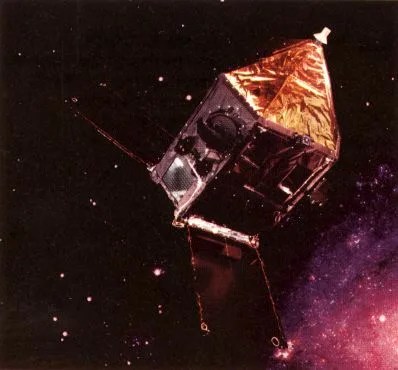Hipparcos
Type
Launch
Target
Objective
ESA's Hipparcos was the first space mission dedicated to measuring the positions, distances, motions, brightness and colors of stars - for astrometry, as the experts call it.
Launched in August 1989 by an Ariane-4 rocket, Hipparcos was a pioneering space experiment dedicated to the precise measurement of the positions, parallaxes and proper motions of the stars. The intended goal was to measure the five astrometric parameters of some 120,000 primary program stars to a precision of some 2 to 4 milliarcsec, over a planned mission lifetime of 2.5 years, and the astrometric and two-color photometric properties of some 400,000 additional stars (the Tycho experiment) to a somewhat lower astrometric precision.
Having achieved the mission goals, operations ceased in March 1993. NASA provided some critical support to the mission. In December 2013, ESA launched a successor mission to Hipparcos called Gaia.
Hipparcos helped to:
- predict the impacts of Comet Shoemaker-Levy 9 on Jupiter
- identified stars that will pass close to the Sun
- established the distances of stars possessing planets
- discovered that the Milky Way is changing shape
- identified a group of stars that invaded our Galaxy when it was young
- altered the cosmic distance scale, making the Universe bigger and younger
- confirmed Einstein's prediction of the effect of gravity on starlight
Last updated: May 28, 2015































